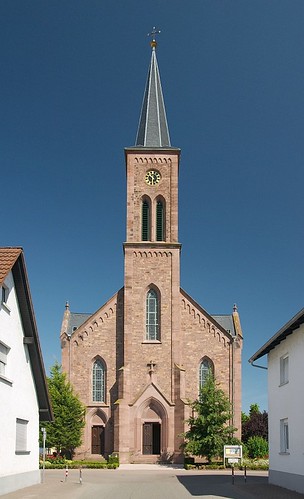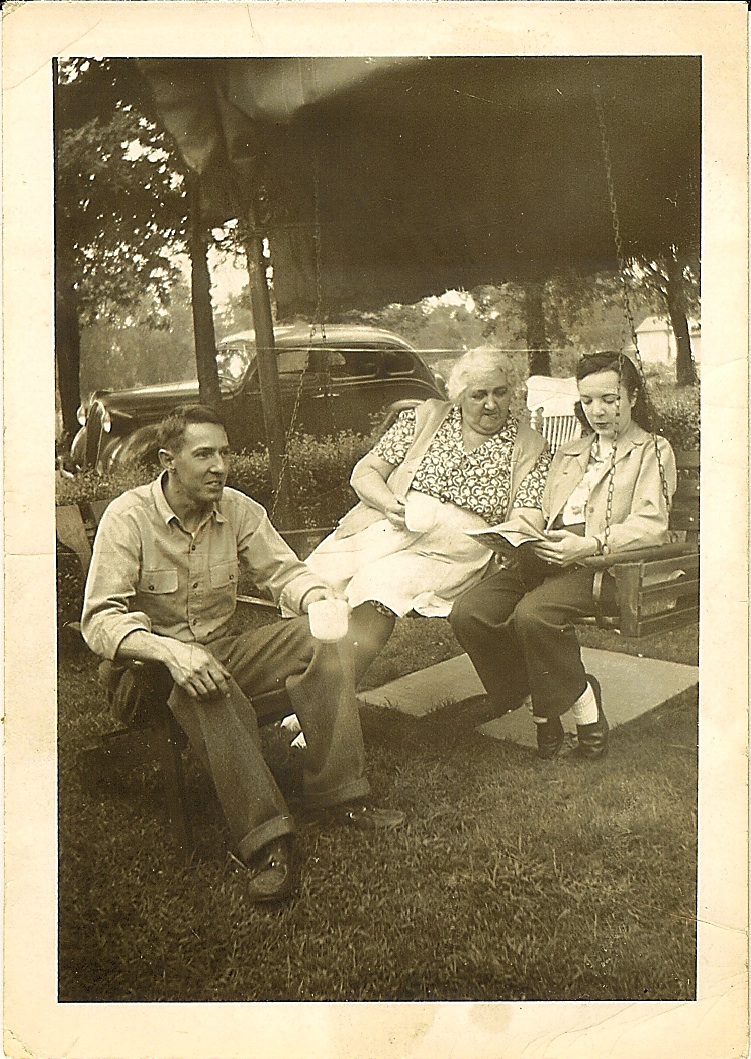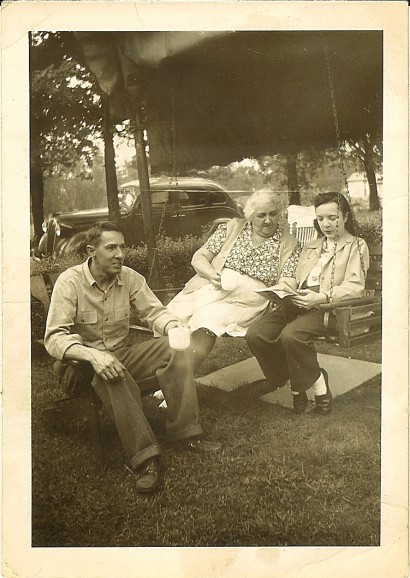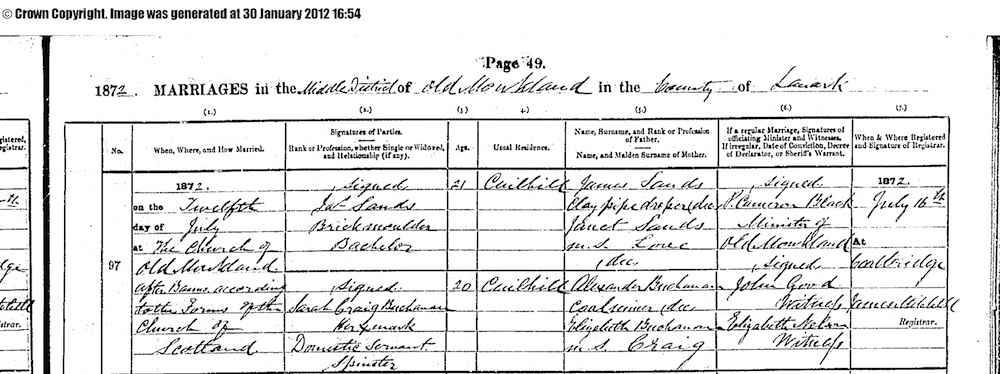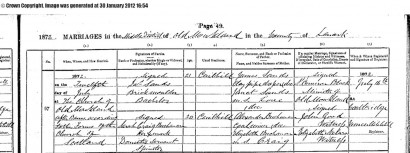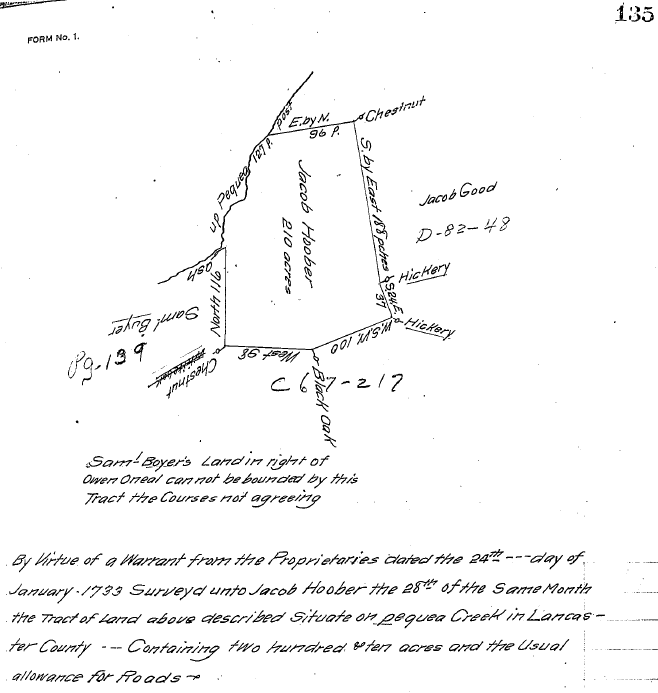On 22 November 1717, Martin Kendig (Kendick, Kendrick, Cundigg) and John Herr (Heer) were warranted 5,000 acres in Lancaster County by the Proprietaries of Pennsylvania. They, in turn, transferred this land to their fellow immigrants.
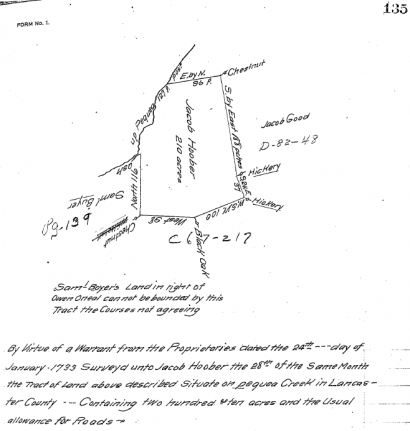
Jacob Hoober 1733 survey
John Taylor surveyed 210 acres from this warrant for Jacob Huber on either 24 or 28th January 1733. The survey states: “Under a mistake John Taylor applied for a [Warrant] to the Secretary on the new terms wch was granted as aforesd But Jacob Hoober purchased the right of 210 as of Martin Kendrick & John Heer part of 5,000 as granted to them & it is accordingly Returned into the Secretary’s office the — day of December 1735.” You can see the warrant here on my site.
Jacob Huber patented this tract of 210 acres on 22 October 1736. He had, quite likely, been living on his father, Hans Huber’s property in Earl Township prior to this purchase. He patented several adjoining tracts as well: one directly to the south in 1745 [A3], containing 48 ½ acres, and one to the north in 1759 [A1], containing 167 ½ acres.
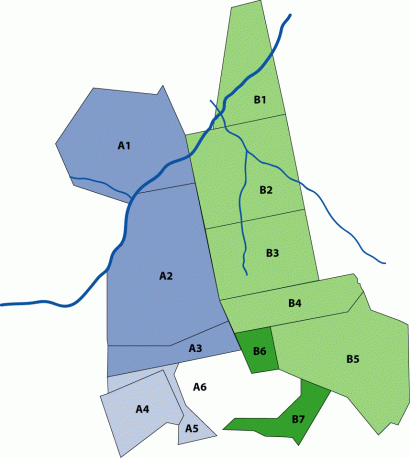
Huber/Hoover/Hoober land patents
Jacob Hoover left 250 acres [A2 & A3] to his sons Jacob and Mathias. He also left about 150 acres in Contestoga (A1: the tract just north of this one) to his son Christian. A distribution from his estate was paid out to his heirs by 14 June 1765.
Mathias Hoover quitclaimed ½ of the property left to him and his brother to Jacob on 20 November 1772. On 21 November 1772, Jacob and his wife Barbara sold 66 acres 40 perches from their piece of the tract to Mathias. By metes and bounds, this piece appears to be the top portion of the tract Jacob Huber patented in 1736, adjoining lands of Henry Huber, the tract willed to Christian Hoover, and Pequea Creek. Mathias took out a mortgage from Marcus Young of Martick on this 66 acres on 4 January 1773. Payment was acknowledged on 8 June 1776.
On 12 June 1776, Mathias and his wife Mary sold 10 acres of their land to Henry Resh/Rush. On 10 August 1776, Mathias and his wife Mary sold 19 acres from the 66 they’d purchased from Jacob Hoover to John Hart of Conestoga Township.
I’m not sure about the division of the rest of the property. Jacob Huber Jr. purchased additional land, as did his son, Martin Hoover Sr. However, at least a portion of the land Jacob and Barbara Huber sold to Mathias Huber, eventually found its way back to Jacob’s descendants. In the settling of Jacob Huber’s granddaughter Elizabeth Hoover’s estate, a deed was issued for the sale of her property. This deed stated that the 113 acres being sold was part of the “same premises of which Martin Huber Sen. [her father], died seized testate” which he will to his children equally and that it was “also a part of the same premises which Jacob Hoover & wife by their Deed of Indenture bearing the date the 21st day of Nov A.D. 1772…[granted] unto Mathias Hoover.”



